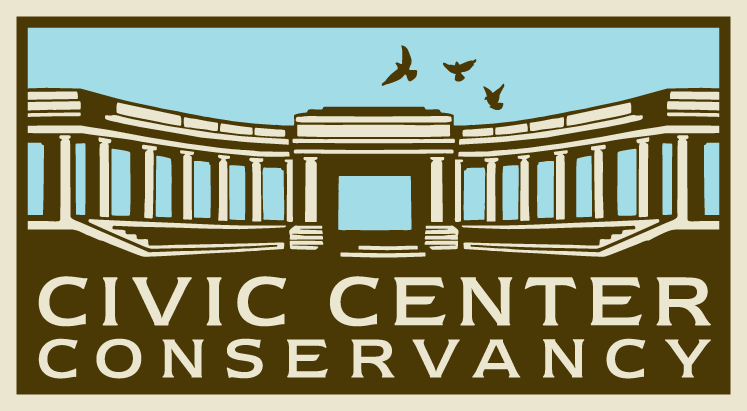Public Art

Civic Center Park is home to the largest public art collection in Denver. From sculptures and statues to murals and fountains, you’ll discover a wide array of works, each telling a part of the park’s evolutionary story. Scroll down to see our features, or visit Denver Arts and Venues’ Public Art website for a full listing.

Bronco Buster Statue (1920)
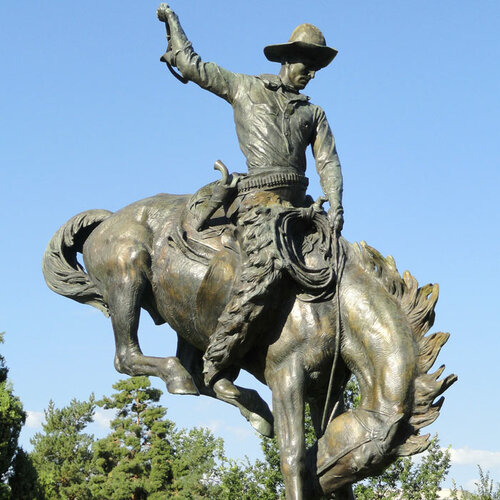
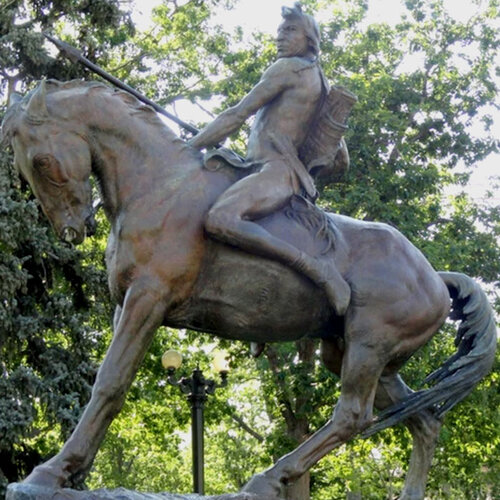
On The War Trail Statue (1922)
Sea Lion Fountain (1922)
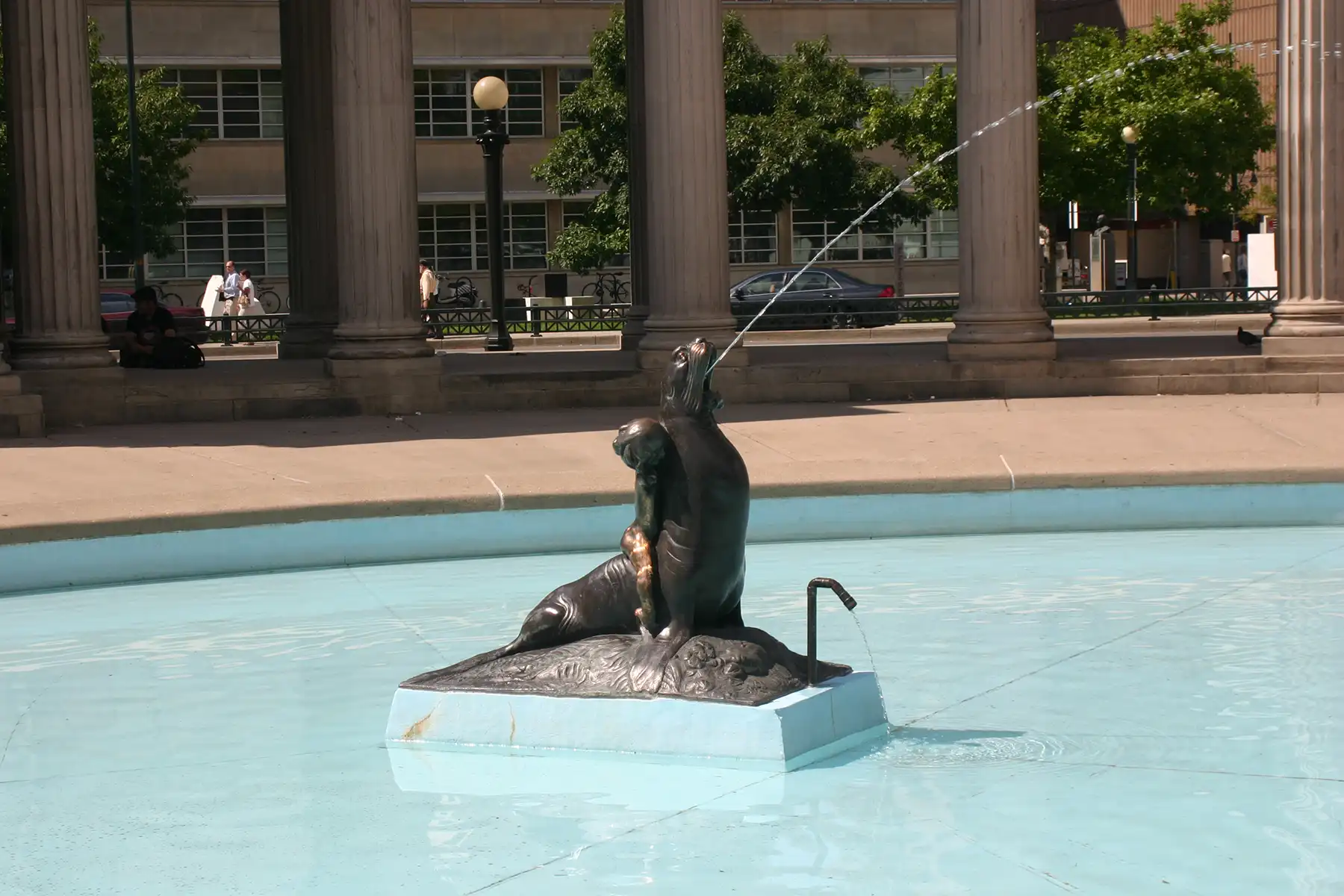
Ascent (2017)
Elk Group and Buffalo (1920)
Two murals, painted by Allen True and located in the Voorhies Memorial, feature a pair of elk and a pair of buffalo. Materials include oil paint, fabric, concrete, concrete block, adhesive, and varnish.
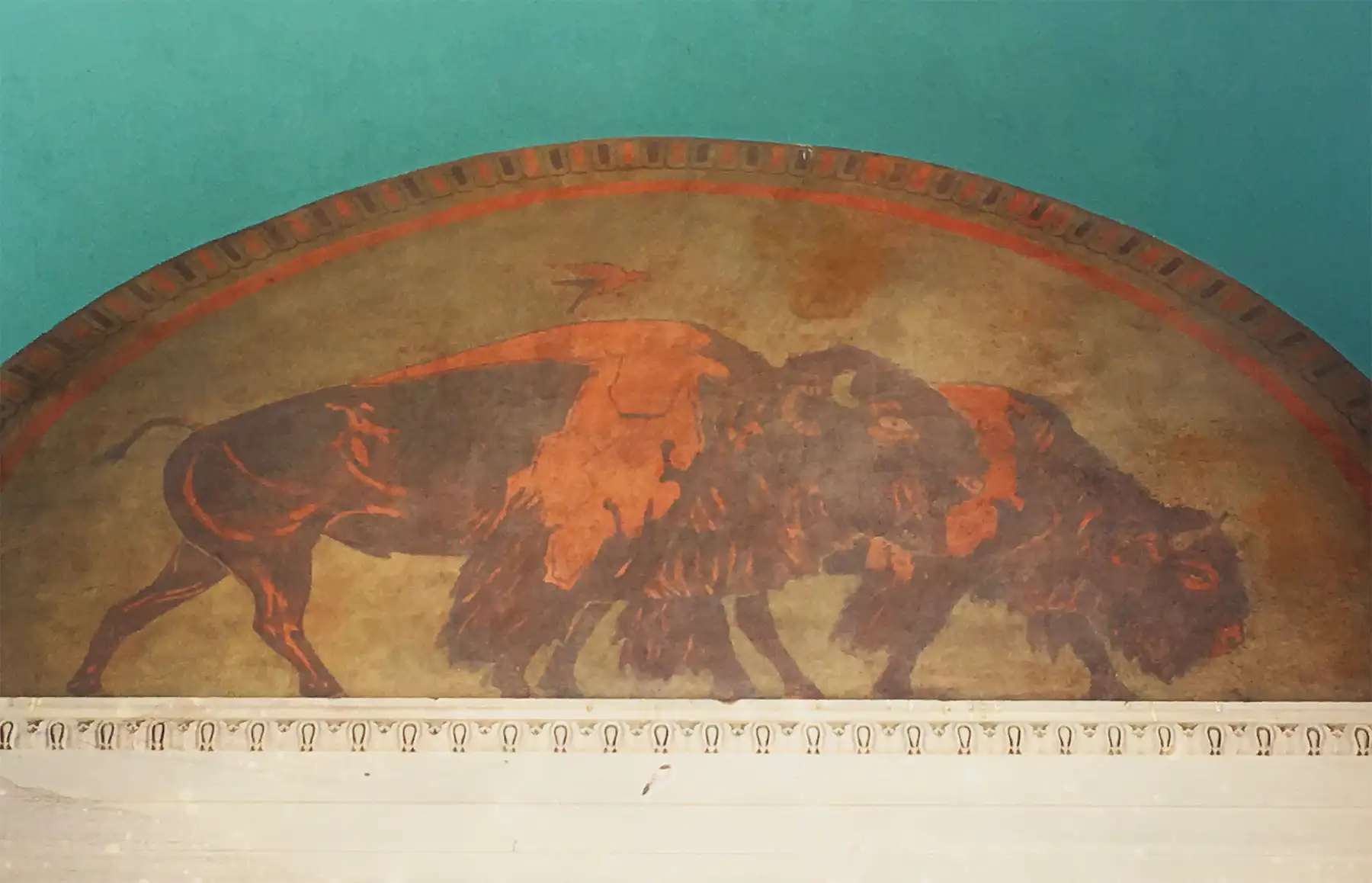
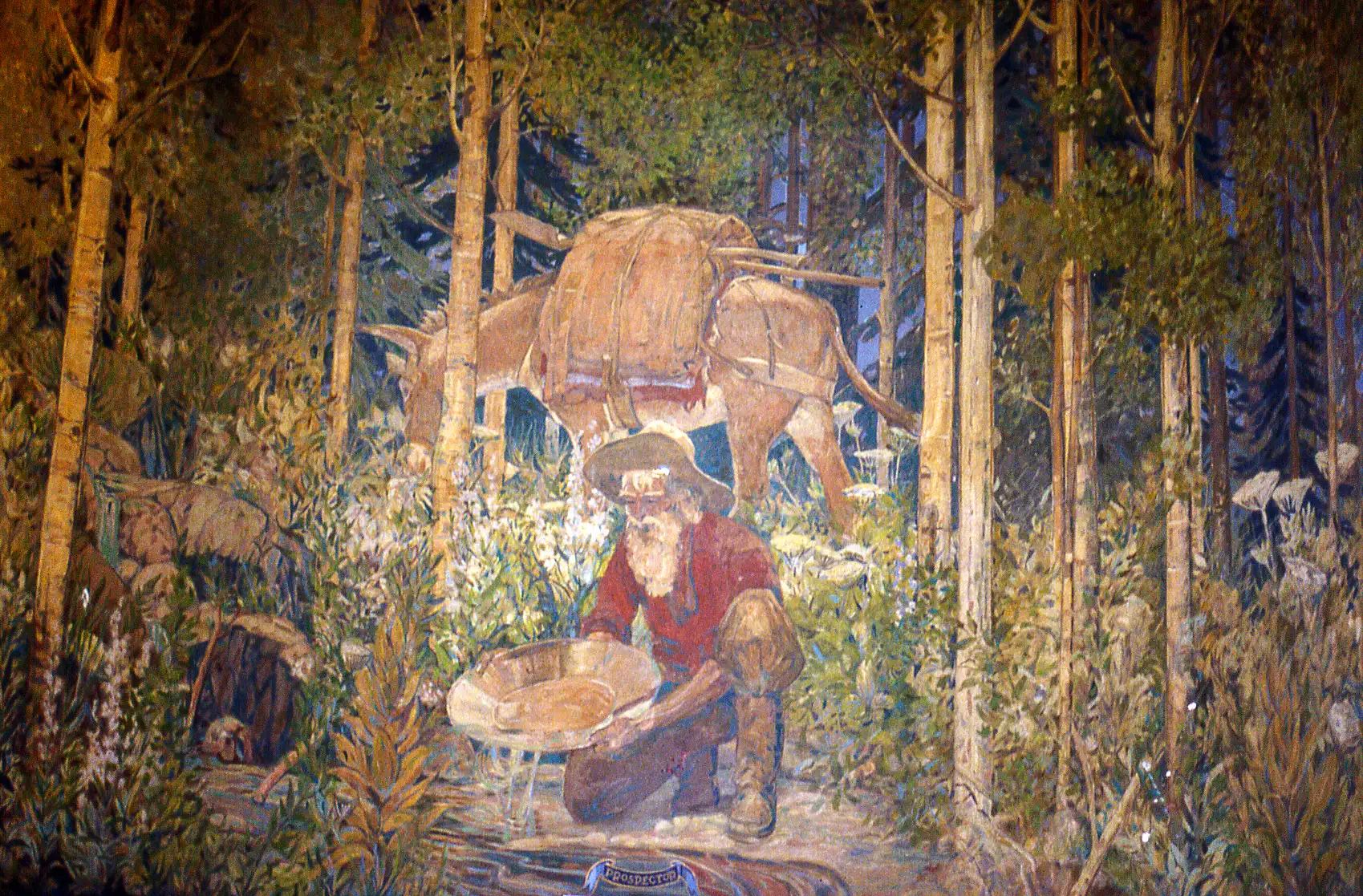
The Prospector (1920)
The Allen Tupper True mural “The Prospector,” in an alcove in the colonnade of the Greek Theater and Colonnade of Civic Benefactors. The mural depicts a man panning for gold, his pack mule is in trees nearby. A stairway with balustrades is below the mural.
The Trapper (1920)
The Allen Tupper True mural “The Trapper,” in the colonnade of the Greek Theater and Colonnade of Civic Benefactors. The mural depicts a man on a horse with a rifle and a dog running along side.
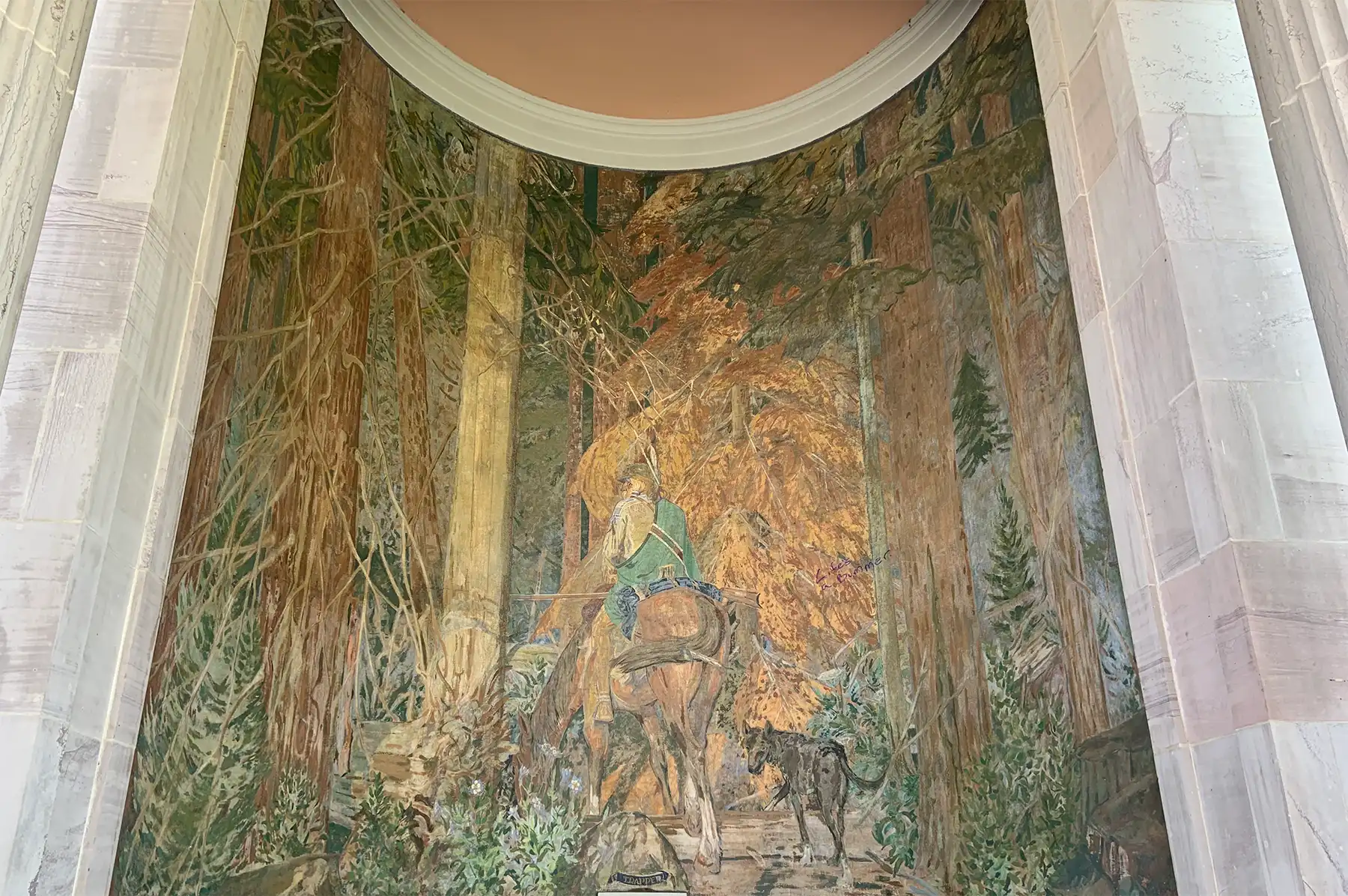
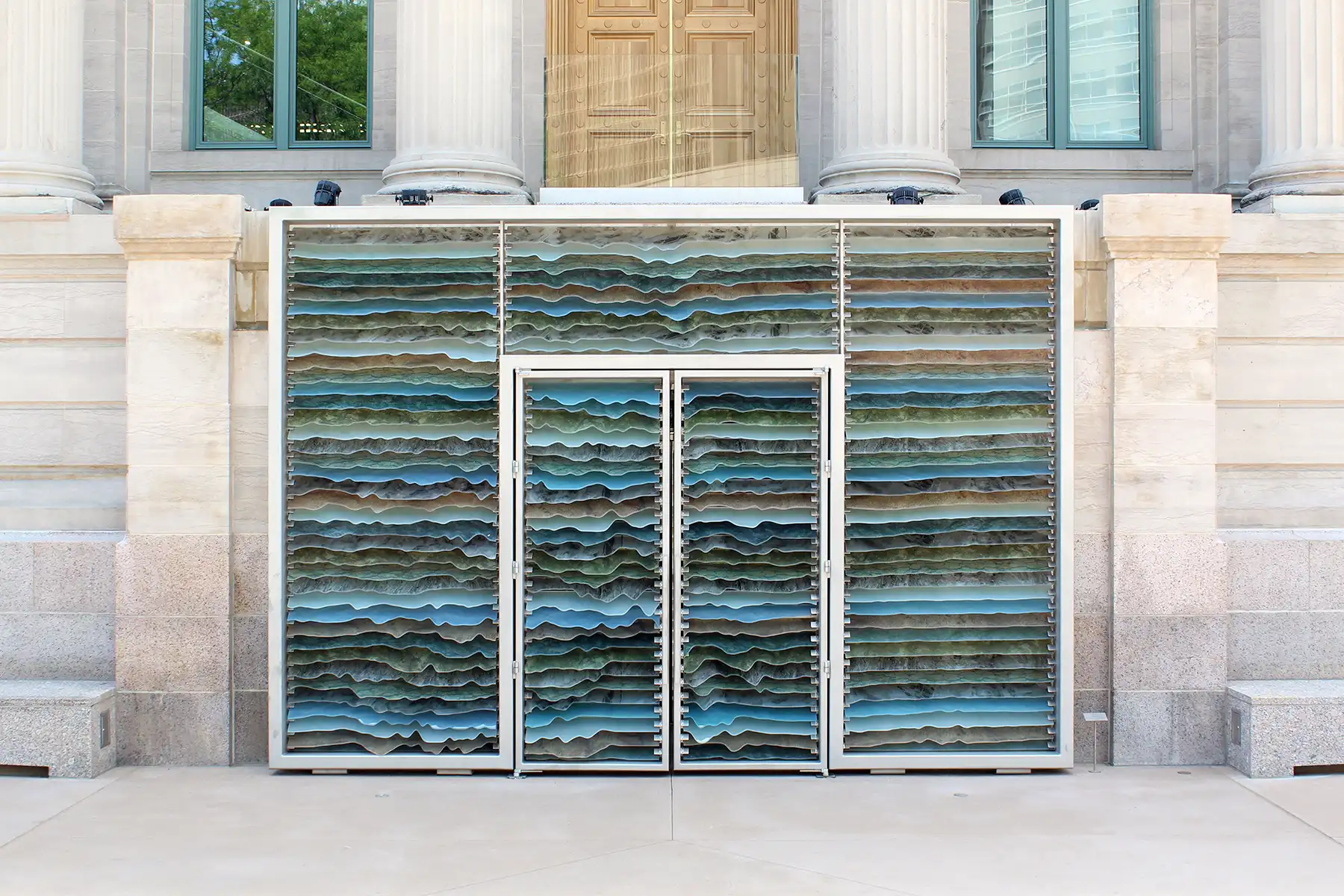
Mine Craft (2017)
Mine Craft is the result of studying of the iconic imagery associated with Colorado. Inspiration was drawn from the geography, industry and global presence of the state, and explored a variety of methods to represent these abstracted elements through the application of the current advancements in fabrication technology. The geography and landscape of Colorado is unique and exceptionally beautiful. Mine Craft uses the topography of the state, cut from a variety of materials embedded with significance to the region and stacked in order to create an abstracted scale map of Colorado. Decades ago, like many of the states that were on the frontier, Colorado was wild and beautiful and free for the taking. This artwork delves into the increasingly relevant subject of our responsibility to the environment. Conscientious extraction and use of the earth’s resources has implications not only for the residents of the region, but also on a much larger, global scale. The striations seen in the piece are intended to represent materials that are locally sourced. The overall design is tactile and nuanced – distinctly modern, both in its formal representation and materiality – and sits in subtle contrast to the neo-classical architecture of the McNichols Building. Mine Craft acts as an invitation to entice visitors into the building to explore its contemporary art exhibitions.
